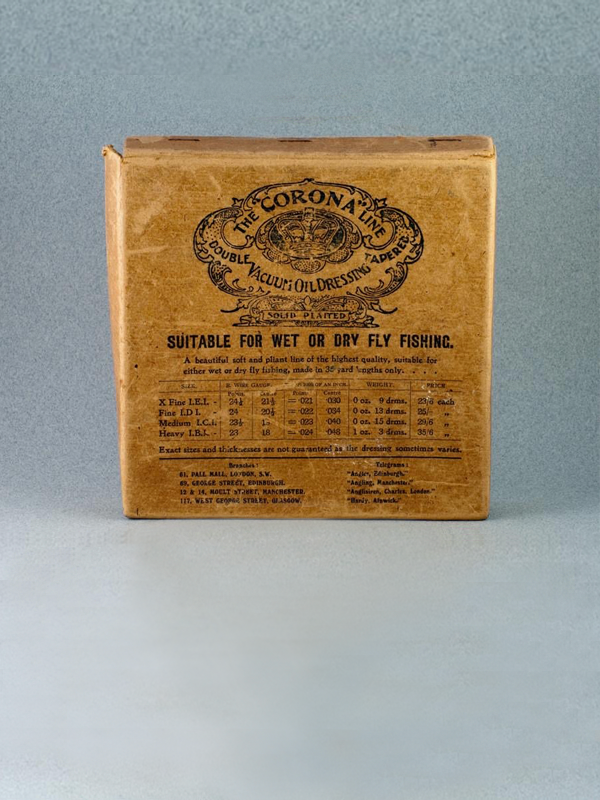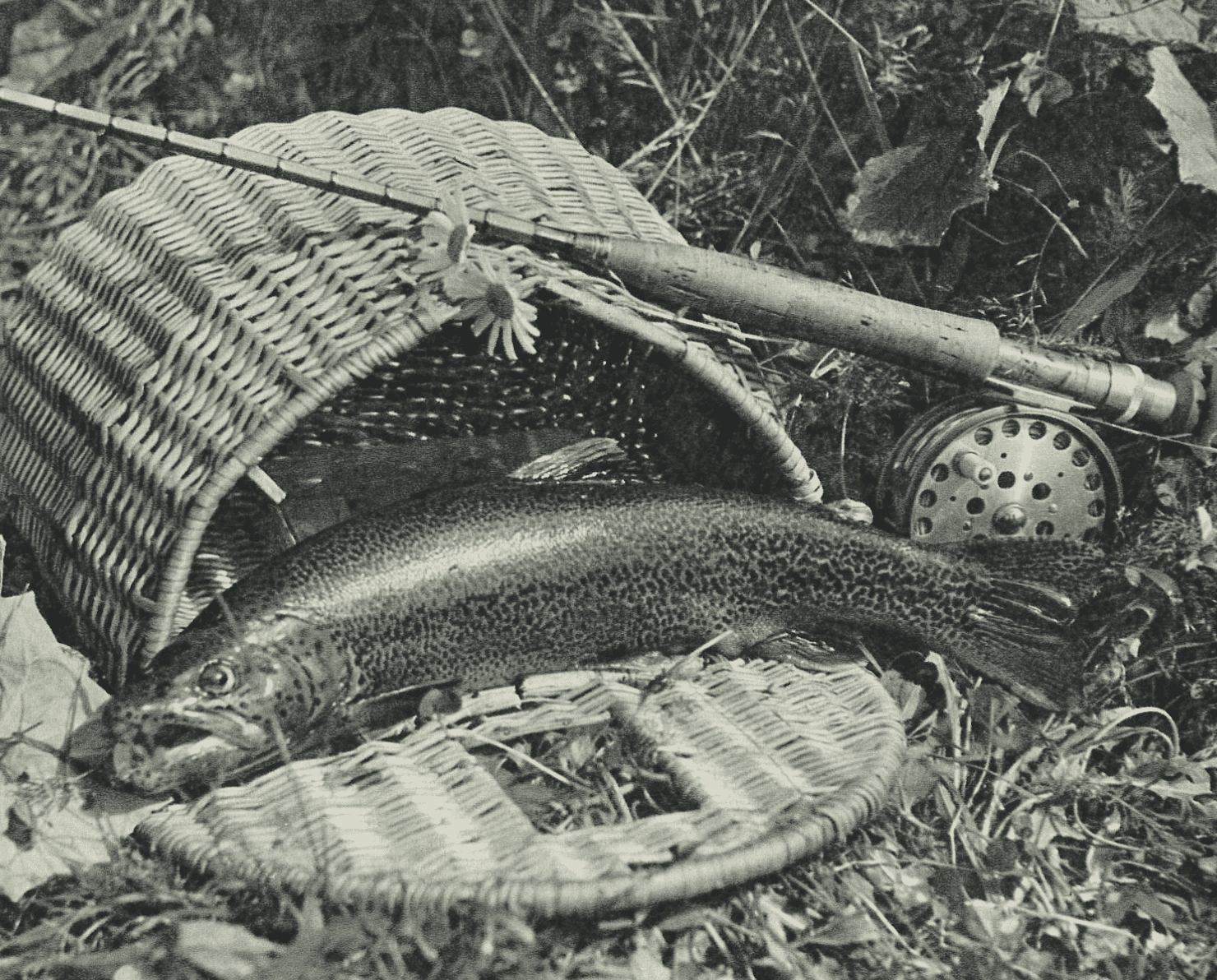
Fly Fishing
Fly Fishing

“Why do the French remain insensitive to the seductions of a sport which for hundreds of years has been the delight of our English neighbors ? “
At the end of the 19th century, Albert Petit, then President of the Court of Auditors and author of a splendid book entitled “La truite de rivière et à sa pêche à la mouche artificielle” (The river trout and its fishing with an artificial fly) wondered: “Why do the French remain insensitive to the seductions of a sport which for hundreds of years has been the delight of our English neighbors? “. If it is true that on the other side of the Channel, the first accounts of artificial fly-fishing date from the middle of the 15th century, it is at the end of the 19th century, in the full splendor of the Victorian era, that the noble art of fly-fishing was codified. The great master, we should say high priest, of this codification, Frederic Halford, a true fundamentalist of the dry fly, set such strict and rigid rules that he locked it up in an ivory tower for the next half century.
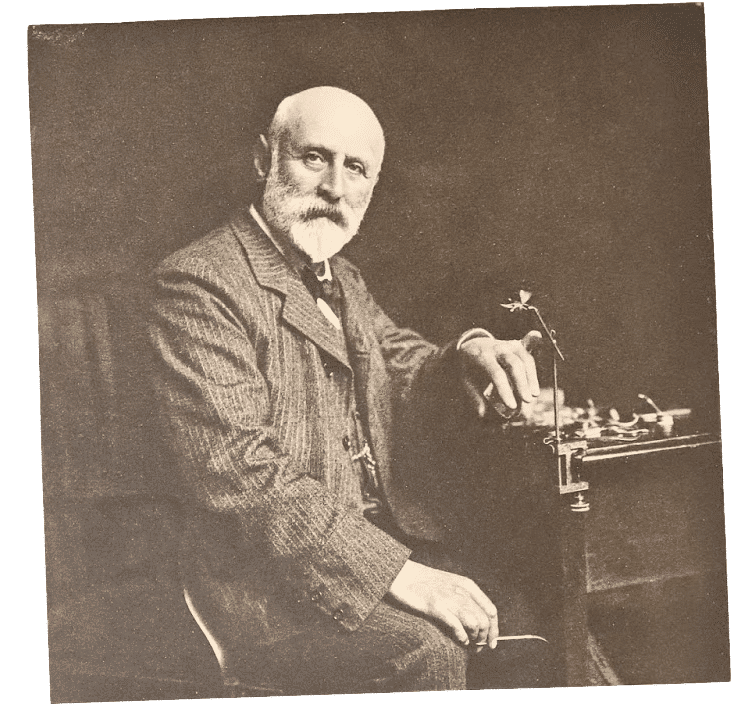
Frederic Halford, the great dry fly historian.

For Halford, downstream fishing with a drowned fly was only practiced in fast rivers.
From this time, the many prejudices that still exist today about fly fishing date back to that time. It is a leisure activity for aristocrats and snobs who meet in clubs that smell of mothballs, or for rich idlers who fish on private courses. Paradoxically, it is in France that this retro, elitist image of the fly fisherman has lasted the longest, let’s say until the end of the sixties. Let’s note in passing that, despite the abolition, during the famous “night of August 4th”, of the privileges of the clergy and the nobility, it is in our country, as far as hunting and fishing are concerned, that the social distinctions remained the most marked. In England, where privileges have not been abolished, the lords and other peers of the kingdom have long been joined in their passion for “fly fishing” by more than a million commoners. Every summer, Prince Charles (now King Charles III) demonstrated his fly fishing skills at the Game-Fair, which always attracts several hundred thousand visitors.

Charles, Prince of Wales at the time, participated every year in the precision and fly distance events of the traditional Gamefair.
In the United States, a survey conducted at the request of fishing tackle manufacturers revealed that last year, twenty million Americans had gone fly fishing at least once and that seven million of them regularly practiced this hobby. Many American presidents, from Roosevelt to Hoover, Eisenhower, Jimmy Carter, and the Bushes, father and son, have been regular fly fishermen…. At the Élysée Palace, the only trout fisherman who left a memory was Vincent Auriol, but he caught them more prosaically with … the maggot.

American Museum of Fly Fishing.
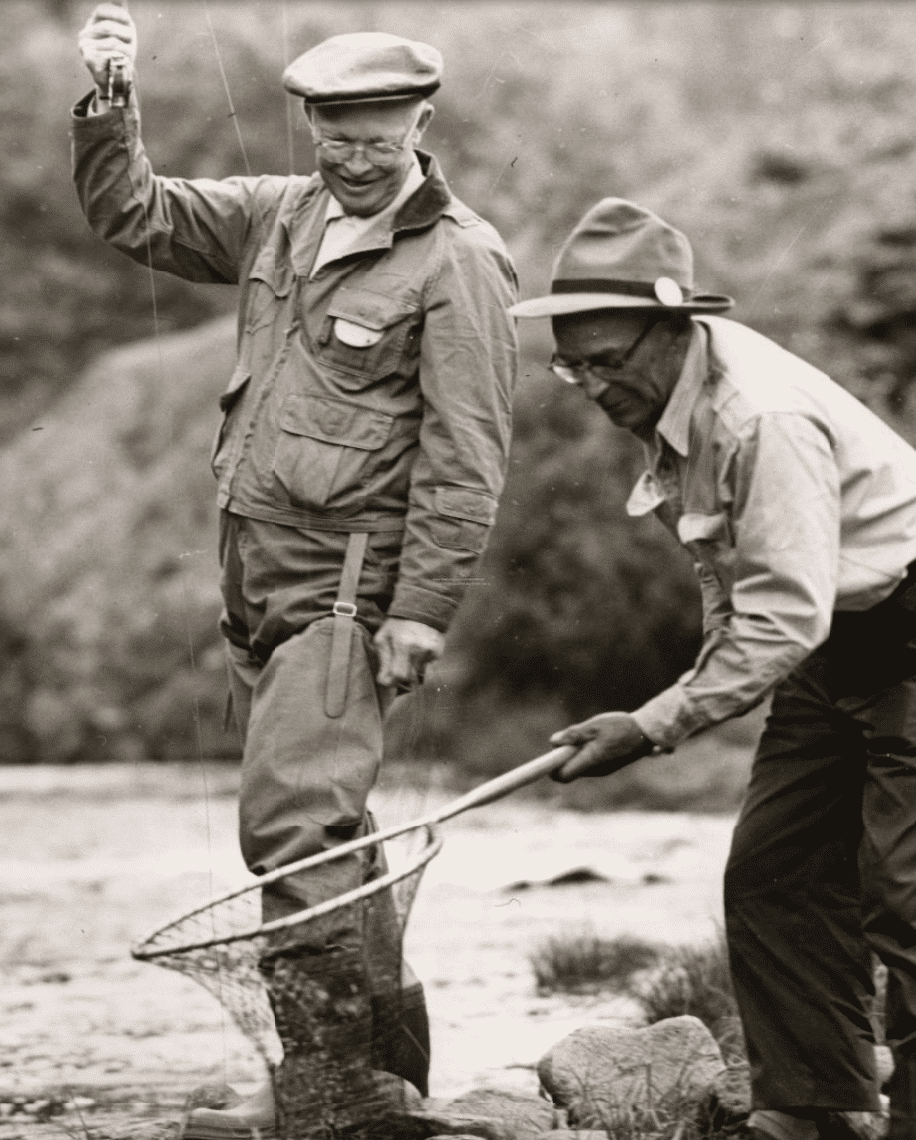
President Eisenhower of the United States was an avid fly fisherman, which he practiced whenever his schedule at the White House allowed him the time.
Nothing is easier than catching a trout, a species considered as the aristocracy of the aquatic world, with a worm, a piece of cheese or a maggot on a hook. On the other hand, getting the same fish to bite on an artificial fly becomes quite an art where the angler must show talent and self-sacrifice. Catching a trout with an artificial fly, finally comes down to complicating to the extreme the act of predation, which since Cro-Magnon lies dormant in every river runner. The respect of the prey goes hand in hand with the ritualization of its capture and aesthetic considerations supplant concerns that were purely alimentary until then. When it was no longer just a matter of bringing back proteins to feed the tribe, the act of fishing became a leisure activity, or even a sport, and the prey became an adversary or a playing partner that was respected and that one was no longer obliged to kill.

On this beautiful foothill river, the elegant gesture of a fly fisherman blends perfectly with the landscape.
Everything in fly fishing is beautiful, elegant, noble.
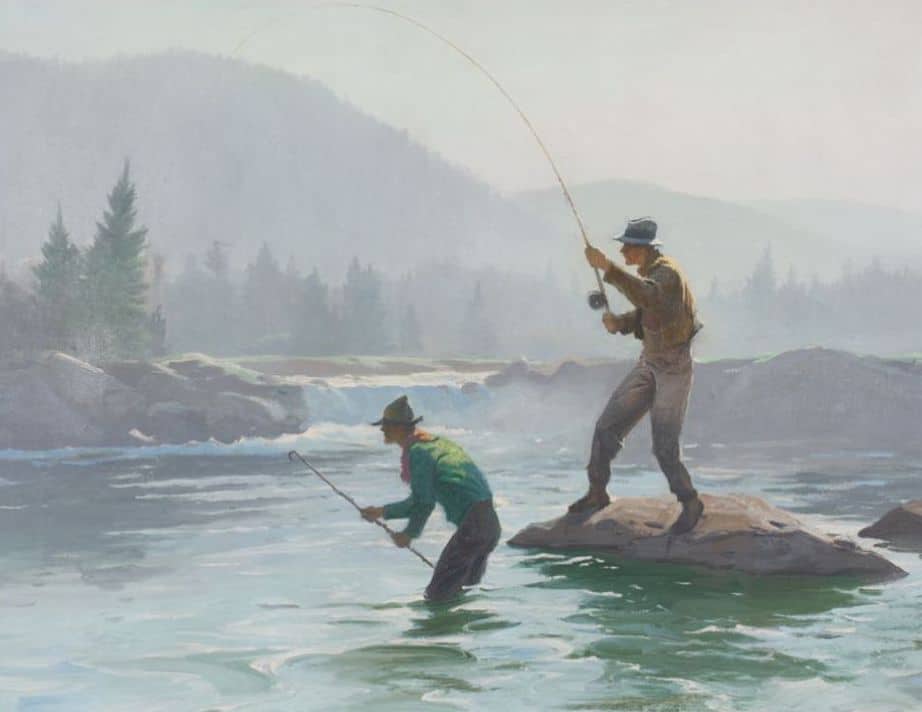
Les splendides aquarelles d’Ogden Pleissner, atteignent aujourd’hui des prix records dans les ventes aux enchères, chez Christies ou Sotheby’s.
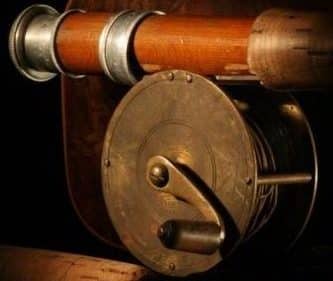
Fly rod in split bamboo and a reel of the XIX th century in brass "wynch".
The casting gesture, once mastered, will perfect itself and the beauty of the style will come naturally afterwards. Many fly fishers recognize that even when the fish are not there, they enjoy themselves, simply by casting. Just as the impact of a successful drive on a golf ball, the precision landing of a small fly at more than fifty feet is a satisfaction in itself. The fishing equipment is beautiful, even magnificent for the split bamboo rods, true objects of art. Modern materials, such as carbon fiber from space technologies, certainly allow for increased casting performance, but will never have the nobility of bamboo.
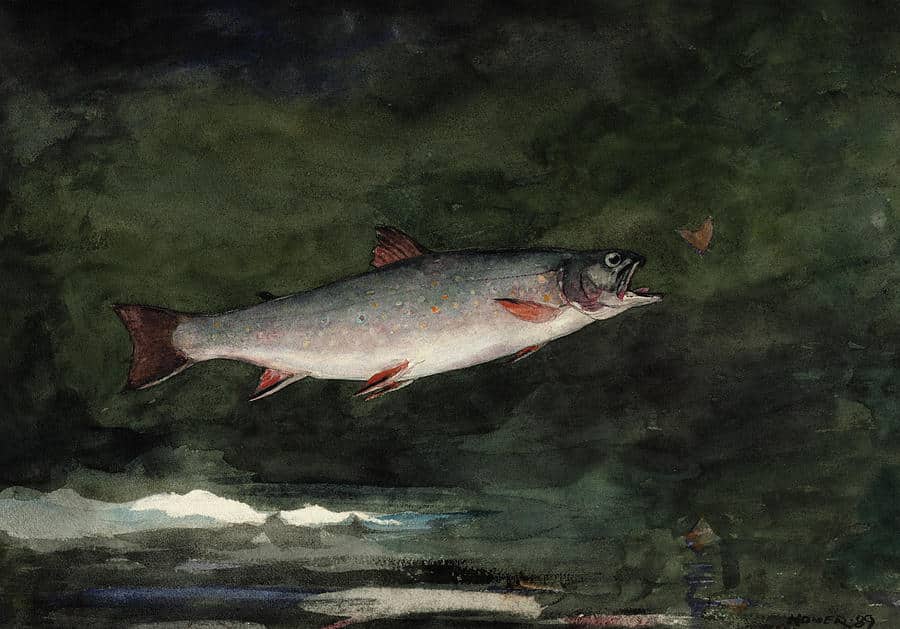
Winslow Homer, considered the American master of impressionism, was himself a trout and salmon fly fisherman and produced many paintings inspired by his passion.
The famous gobage, whose wet noise points out that of a kiss.
And then there is the beauty of the fish and the places where they are found. Trout without being as brilliantly colored as some tropical fish, are elegance itself. Elegance of form, of dress, with just the right amount of color spots to be chic, without being garish. In addition to the perfection of their forms and the beauty of their coats, the trout have for main attraction near the fisherman, the vivacity of their movements, and the discretion of their mode of feeding, in surface in the middle of a small circle, the famous gobage, whose wet noise points out that of a kiss. To seduce them and better catch them, as for women, fishermen must compete with skill and assiduity. They offer them artificial flies, assemblies of feathers and colored threads artistically wrapped around a hook, which are real little jewels but do not resemble, or very far, the natural insects they feed on. However, if they are well presented, with art and manner, trout will be lured by these fancy flies. Maybe simply because they too have found them beautiful. Then the fisherman will be able to admire them closely, hold them in his hand for a moment, before giving them back their freedom.
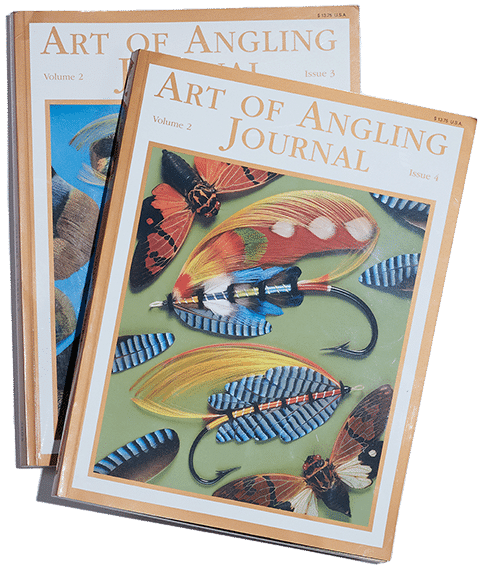
In the 80's and 90's, Paul Schmookler, a classic salmon fly tyer, published a wonderful magazine.


